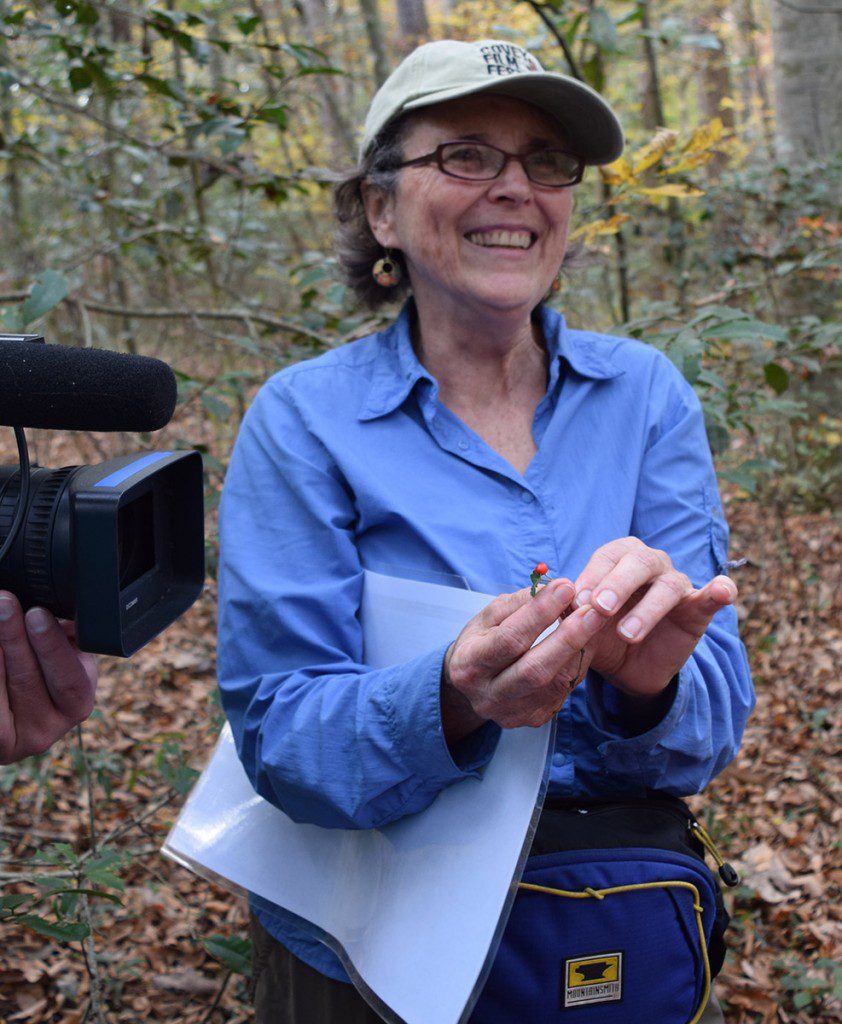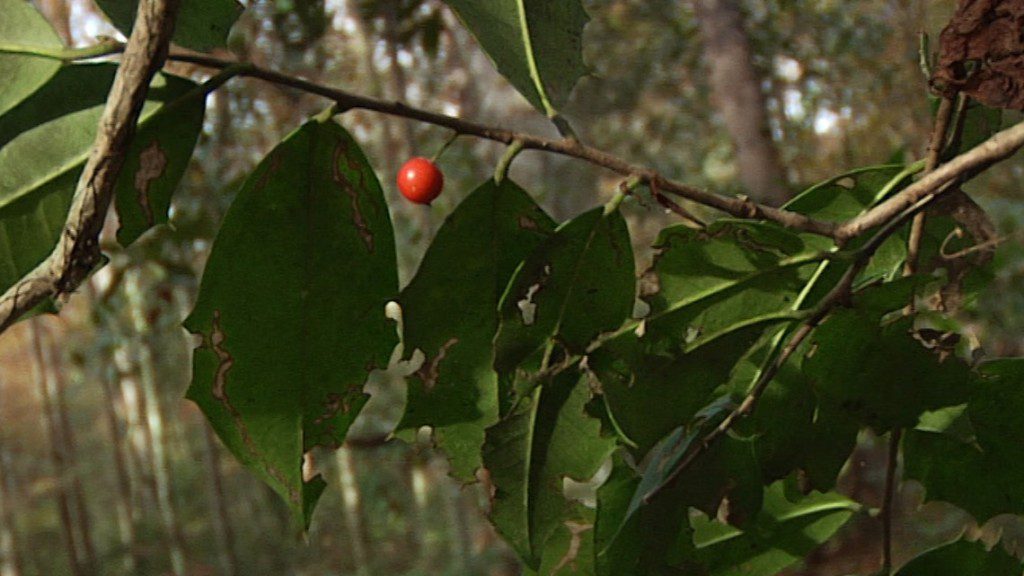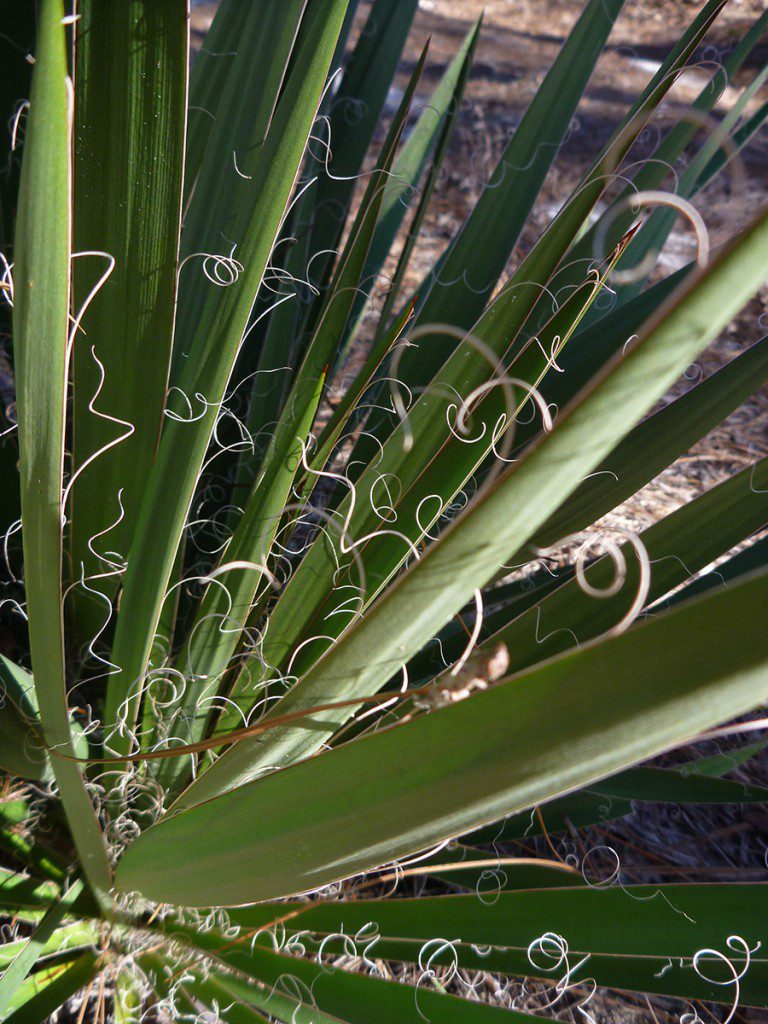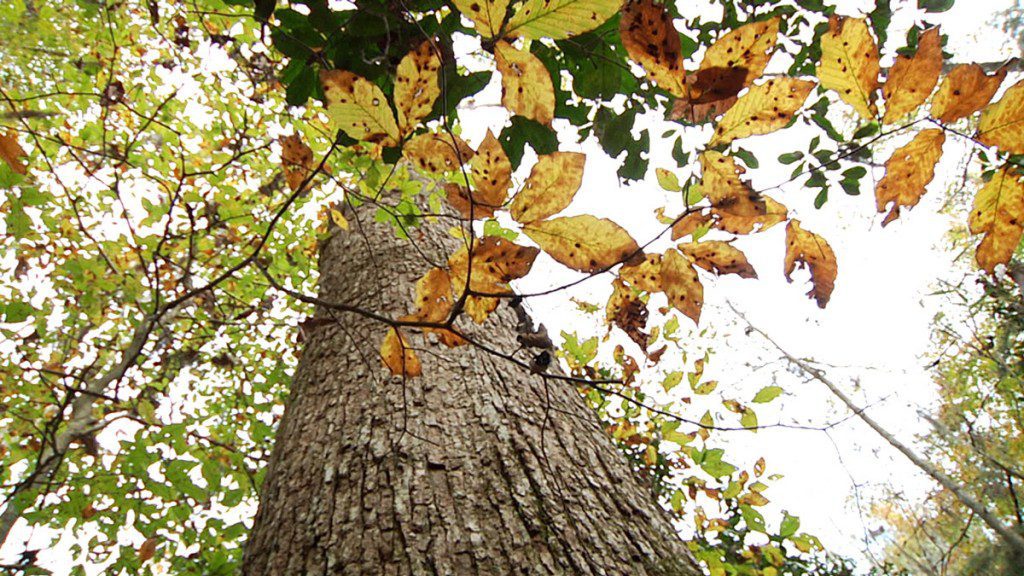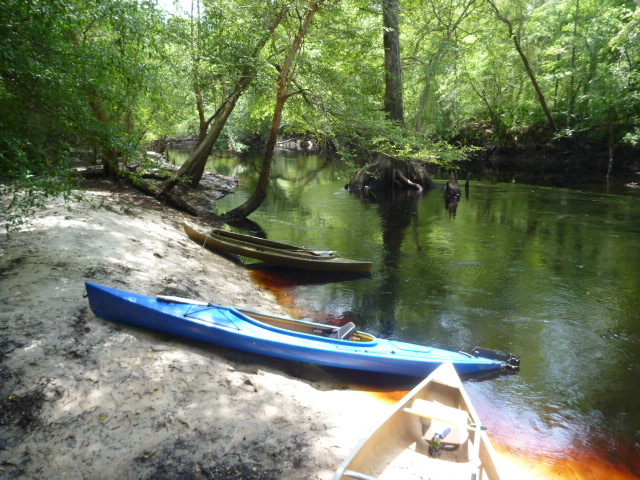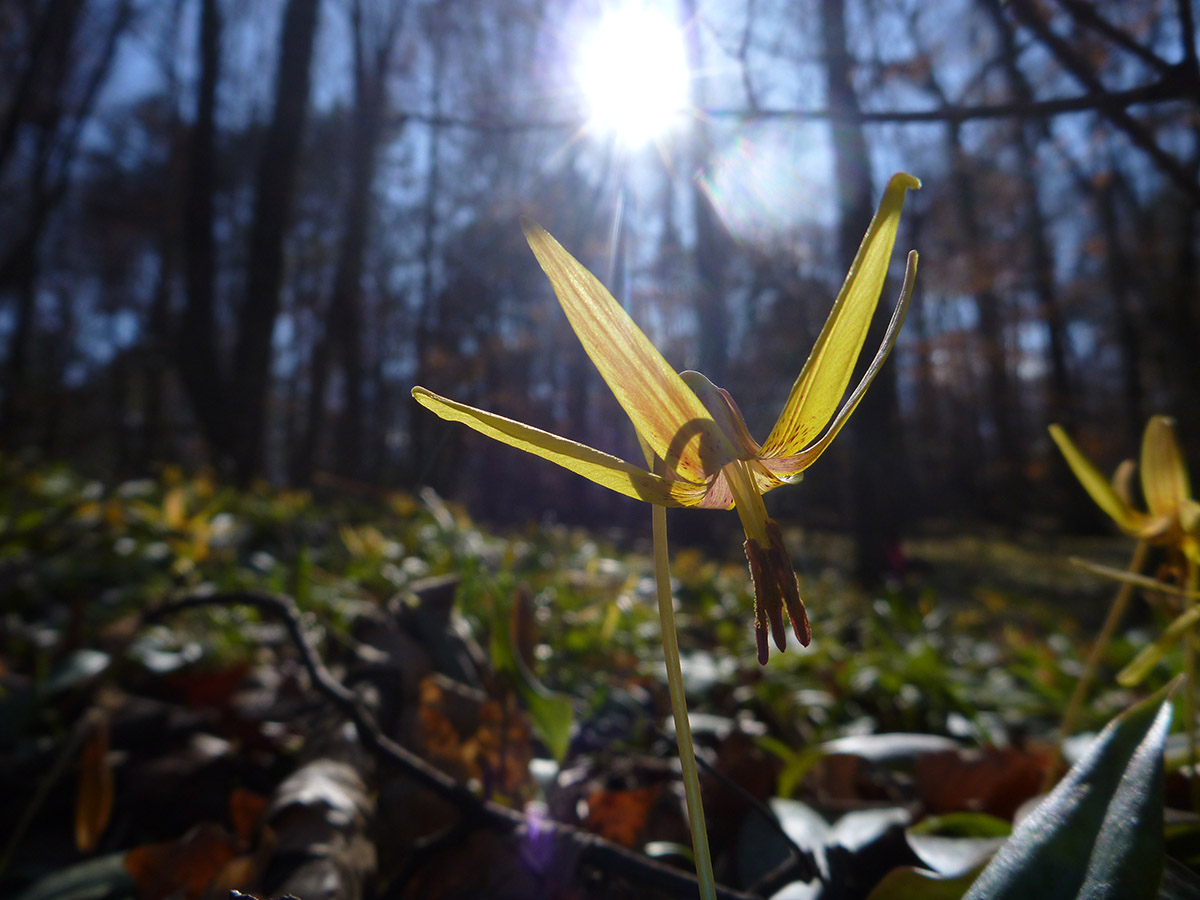Welcome to Part 4 (of 10) of Roaming the Red Hills, which originally aired on the April 7 episode of WFSU’s Local Routes. Through ten 3-minute videos, we’ll explore the natural soul of the Red Hills of Florida and Georgia, from the pine uplands down to its rivers, lakes, and farms. Thanks to Tracy Horenbein for creating original compositions for this video series. The series is narrated by Jim McMurtry.
Funding for Roaming the Red Hills was provided by Tall Timbers Research Station and Land Conservancy.
Rob Diaz de Villegas WFSU-TV
“There’s a lot of effort to restore longleaf. I don’t know that there’s a lot of effort to restore slope forests like this (one).” I’m talking to Beth Grant, founder and president of Lost Creek Forest in Thomasville, Georgia. Lost Creek is located in the land of Red Hills hunting plantations, where landowners dutifully burn longleaf forest to create an open habitat for quail (with the small added benefit of promoting the plant and animal biodiversity of hundreds of other species). When properly burned, it seems like you can see forever between widely spaced pines. Then, maybe, you turn your head and your view is blocked by a shadowy spot in the canopy. Instead of longleaf pine and grasses, this place is hardwood trees and vines, and the ground is covered with leaves. There may be a creek, or a river, or some other stream just beyond those hardwoods. That darker place next to the longleaf forest is an ecosystem that separates it from the water- a slope forest.
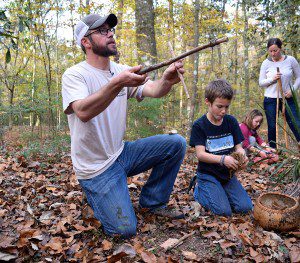
Joe Burnam attempts to demonstrate a method for creating a friction fire (the weather was too moist). Native Apalachee used fire to clear agricultural land and open up the forest.
Joe Burnam is Director of the Land, Forest, and Wildlife Management Program at Southwest Georgia Technical College, and a board member of the Lost Creek Forest. Today he is leading us through the forest and over to Yamacraw Creek, which joins with Lost Creek, a headwaters of the Aucilla River. Joe will be showing us how native Americans would have used the natural resources here, plants they would have used to make their tools and weapons. This forest is an ideal place for this kind of a hike, as the plants here are just as they were before the arrival of Europeans.
Lost Creek is an old growth forest. “In an old growth,” Beth says, “the community has been growing and changing on its own for millennia.” When left undisturbed, the plants retain their relationships to each other, and invasives are less likely to find a way in. The soil is softer where heavy machinery has never compacted it. The ecosystem is intact.
Joe starts with a plant we can see not far off of the path where we start. Yucca filamentosa (pictured below) looks vaguely like a ball of palmetto fronds, each of which peel off into threads along their sides. Working a leaf with a piece of bamboo, he shows us how to break the them down into long fibers, from which he starts to make a bowstring. You see that in the banner image above, and in the thumbnail screen on the video. He also has a bowstring made from deer sinew. Deer sinew is likely to stretch when it gets moist or rainy, so plant materials were often used in the humid southeast as well. Yucca is a plant with many uses, and it’s an example of the unique assemblage of plants found in an old growth slope forest.
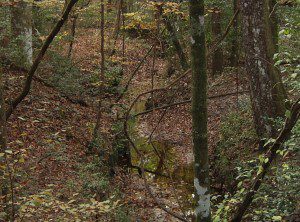
Yamacraw Creek in the Lost Creek Forest. The Aucilla River benefits from having its headwaters on protected land.
Lost Creek is a beech-magnolia-spruce pine forest. As Joe says in the video, it’s a remnant from the ice ages; northern species at the southernmost edge of their range (like beech) mingle with southern species like magnolia. According to the Florida Native Area Inventory’s Guide to the Natural Communities of Florida (2010), slope forests in our area contain many plant species common to the southern Appalachians. These species migrated south during the Pleistocene era, halting at the Cody Escarpment, which was Florida’s coastline at the time. The Cody Scarp is the southern boundary of the Red Hills, where hills of Orangeburg sandy loam slope off to the flat, sinkhole covered Woodville Karst Plain to the south. In Tallahassee, the Cody Scarp is just to the south of the North Florida Fairgrounds.
Joe and Beth are part of a group of dedicated volunteers who have worked to save places like Lost Creek and the Wolf Creek Trout Lily Preserve from development, and work to maintain them so that they can be enjoyed by the public. “The fact that it’s located close to so many people that they could come out and see it is really cool,” Joe says. Beth echoes Joe’s sentiments, adding that it’s important to know what the original habitats were like. Unlike Joe, she is not a biologist. Her involvement, and the considerable knowledge she’s gained, are something of a second career for her.
“I’m retired,” Beth tells me. “I was a mental health counselor and an educator. Being involved with these natural areas is just such a rich retirement. It just makes my life so happy.”
Plants of the Lost Creek Forest
As Beth says in the video, this vine was one of two that botanists identified as evidence that Lost Creek was an old growth forest. The other is the sarsaparilla vine, Smilax pumila. Other species of Smilax grow in our area, notably Smilax auricular, which grows on fences and in gardens (and the tips of which are edible).
Currently, American holly trees in north Florida are full of berries and flocks of hungry cedar waxwings. Another holly, the yaupon (Ilex vomitoria) was used ceremonially by the indigenous people of the Red Hills, the Apalachee. They made a tea known as the black drink, which was consumed the night before villages faced off in the brutal Apalachee ball game. A few years back, I wrote a blog post about the black drink and its connection to our coastal ecosystems. This accompanied the first episode of WFSU’s history series, Florida Footprints, which was titled Once Upon Anhaica. My segment in that episode highlighted the Apalachee ball game, and life before European settlement. My fellow Local Routes producers, Suzanne Smith and Mike Plummer, explored the Apalachee’s encounters with Spanish conquistadors and missionaries.
Further Explorations: Down the Aucilla, Other Slope Forests
Lost Creek is a headwaters of the Aucilla River. The Aucilla is a blackwater river that originates in Georgia, becoming a navigable waterway in Florida, as we explored last May. The Aucilla is the eastern boundary of the Red Hills, as well as the eastern boundary of the Apalachee people, whose territory seems to have been the Florida portion of the Red Hills. EcoAdventurer extraordinaire Doug Alderson and Jefferson County historian David Ward guided us down a river with a rich history- and prehistory.
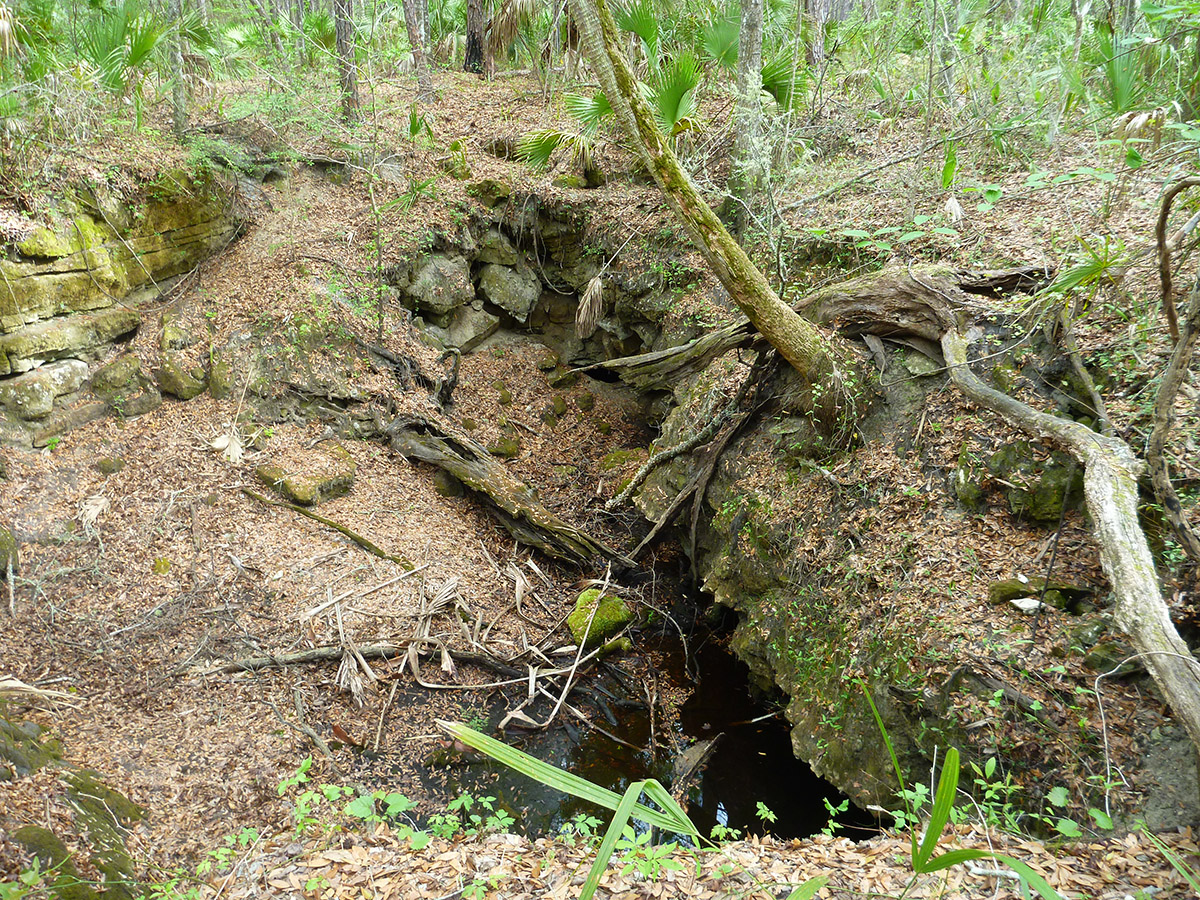
A little bit of the Aucilla River pops up from the aquifer in a karst window, on the Aucilla Sinks section of the Florida National Scenic Trail.
The lower part of the river goes underground, appearing as a series of “karst windows” before emerging in full at Nutall Rise. One of the more remarkable sections of the Florida National Scenic Trail runs along the Aucilla River Sinks, as this section is known. We hiked this trail with Kent Wimmer of the Florida Trail Association. It’s a fascinating look at our limestone (karst) aquifer, here rising to the surface to claim the river for a few miles, with intermittent breaks.
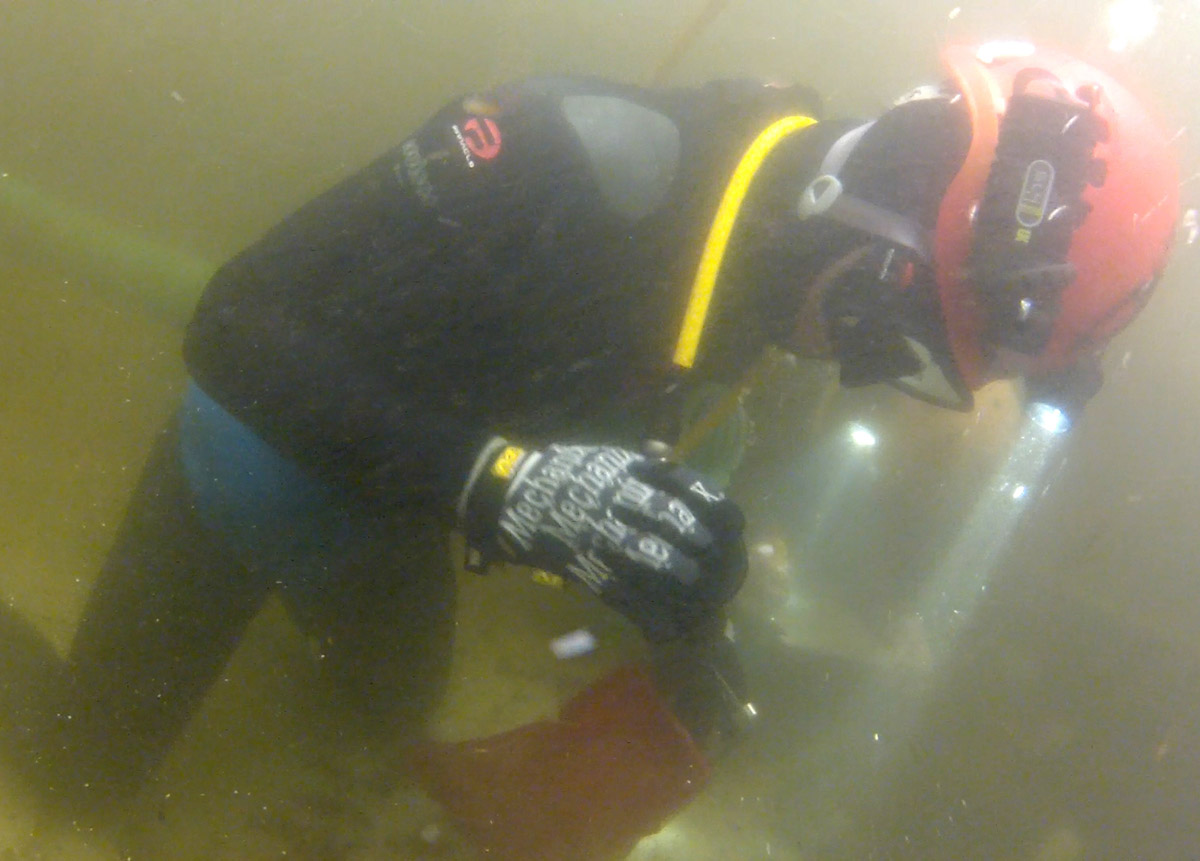
Morgan Smith excavates a bank along the Wacissa River. Here, perhaps 10,000 years earlier, members of the Suwannee culture camped and hunted.
South of Nutall Rise, the river joins with its main tributary, the Wacissa River, both directly and via Slave Canal. We’ve kayaked Slave Canal, and documented an archeological excavation along the Wacissa. Joe mentions the historical significance of the river system in the video above; the Aucilla/ Wacissa watershed contains some of the oldest evidence of humans in North America, and is the center of significant archeological research.
Moving west of the Aucilla watershed, you might find Wolf Creek Trout Lily Preserve of interest. It is in many ways the sister preserve of Lost Creek; a similar type of slope forest turned into a preserve through the efforts of a lot of the same people who saved Lost Creek. The main draw here is its high density of trout lilies, a higher than normal concentration and in as far south a location as the flower is found. Trout lilies, like many slope forest plants, are common in the southern Appalachians. Their big blooming season ended just over a month ago.
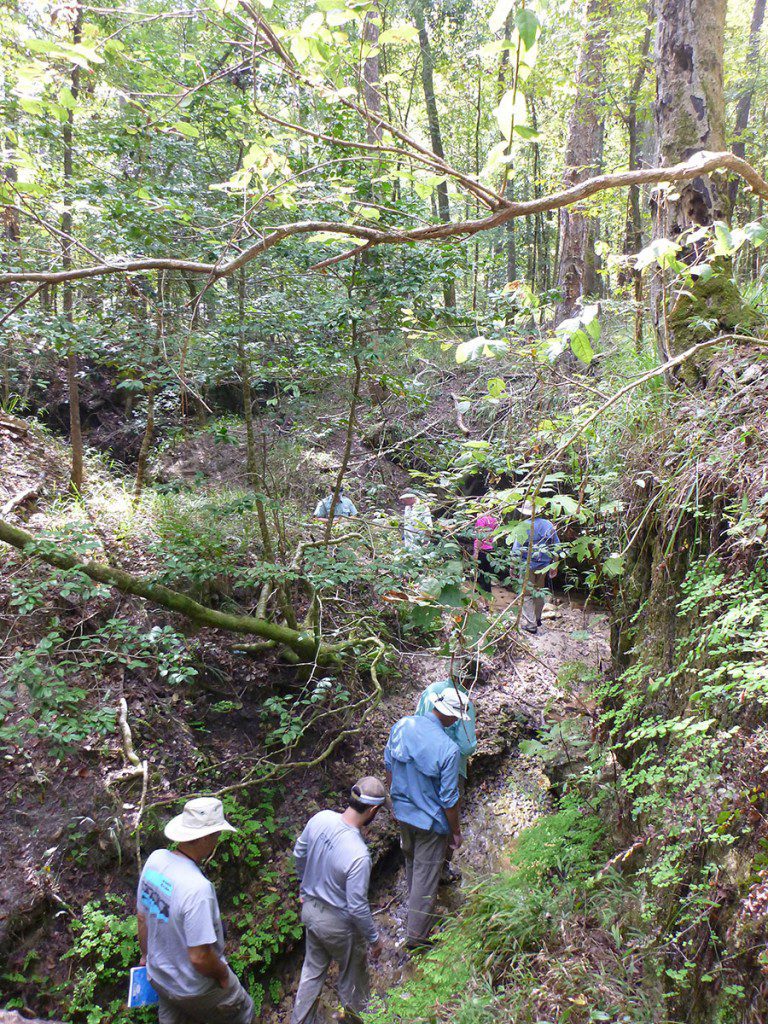
Taking a break from a long day of kayaking, the 2012 RiverTrek crew hikes up Means Creek in Torreya State Park.
Lastly, we’ll move further to the west, to the Apalachicola basin. The Apalachicola River’s waters originate in the foothills of the Appalachians, in the headwaters of the Chattahoochee. When Doug Alderson led a group of RiverTrekkers on a hike through the lands surrounding the Apalachicola, some noted a resemblance to the Appalachian Trail. In the FNAI report cited above, the two best examples of slope forests in Florida are locations Doug and friends hiked: The Nature Conservancy’s Apalachicola Bluffs and Ravines and Torreya State Park. We approached both of those properties from the Apalachicola River on RiverTrek 2012. That included climbing up to the highest point above the river, Alum Bluff. In the 2013 RiverTrek video, we came to Alum Bluff in the more conventional way, hiking the Garden of Eden Trail to arrive at the river’s best scenic overlook. More recently, I wrote of my (mis?)adventure camping and hiking in Torreya with my son Max.
Come adventure with us in the Red Hills, Apalachicola River and Bay, the Forgotten Coast, and More! Subscribe to the WFSU Ecology Blog by Email.

